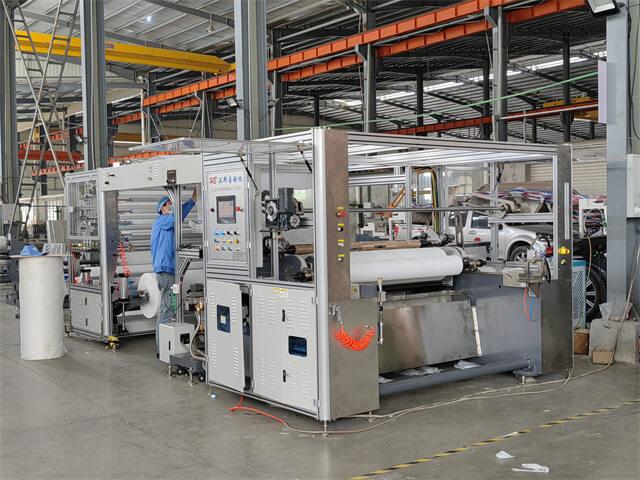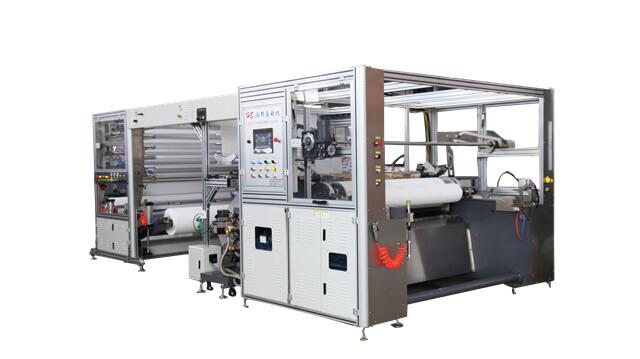
Introduction. 1. High Precision Slitting. 2. Adjustable Slitting Parameters. 3. Automatic Web Guiding. 4. Efficient Material Handling. 5. Safety and Maintenance...
1. Ensure Proper Machine Setup. 2. Regularly Inspect Blades. 3. Optimize Tension Control. 4. Implement Quality Checks. 5. Maintain Proper Machine Speed. 6. Cond...
1. Understanding Non Woven Fabric Slitting Machines. 2. Consider Machine Specifications. 3. Quality and Durability. 4. Precision and Accuracy. 5. Ease of Use an...
Introduction. 1. Market Overview. 2. Technological Advancements. 3. Key Players. 4. Market Challenges. 5. Market Opportunities. 6. Regional Analysis. 7. Future ...
1. Regular Cleaning. 2. Lubrication. 3. Inspection and Maintenance Schedule. 4. Blade Sharpening and Replacement. 5. Operator Training. 6. Safety Measures. 7. D...
Introduction. Step 1: Preparing the Installation Area. Step 2: Unpacking and Inspection. Step 3: Positioning the Machine. Step 4: Connecting Power Supply. Step ...
1. Diaper Production. 2. Sanitary Napkin Manufacturing. 3. Wound Dressings. 4. Medical Gowns and Masks. 5. Cleaning Products. 6. Industrial Applications. 7. Fur...

The production of hot-air non-woven fabrics or spun-bonded non-woven fabrics has a strong three-dimensional hole shape, is more beautiful, has higher quality, penetrates faster, does no...

This machine is a multi-functional equipment for processing and production. It can complete drilling, slitting and rewinding at one time.Specification model: HBJX-W1600-DD type Applicab...

Applications:Processes such as embossing, punching, and laminating non-woven materials are often used in the production of diapers and sanitary napkins....
